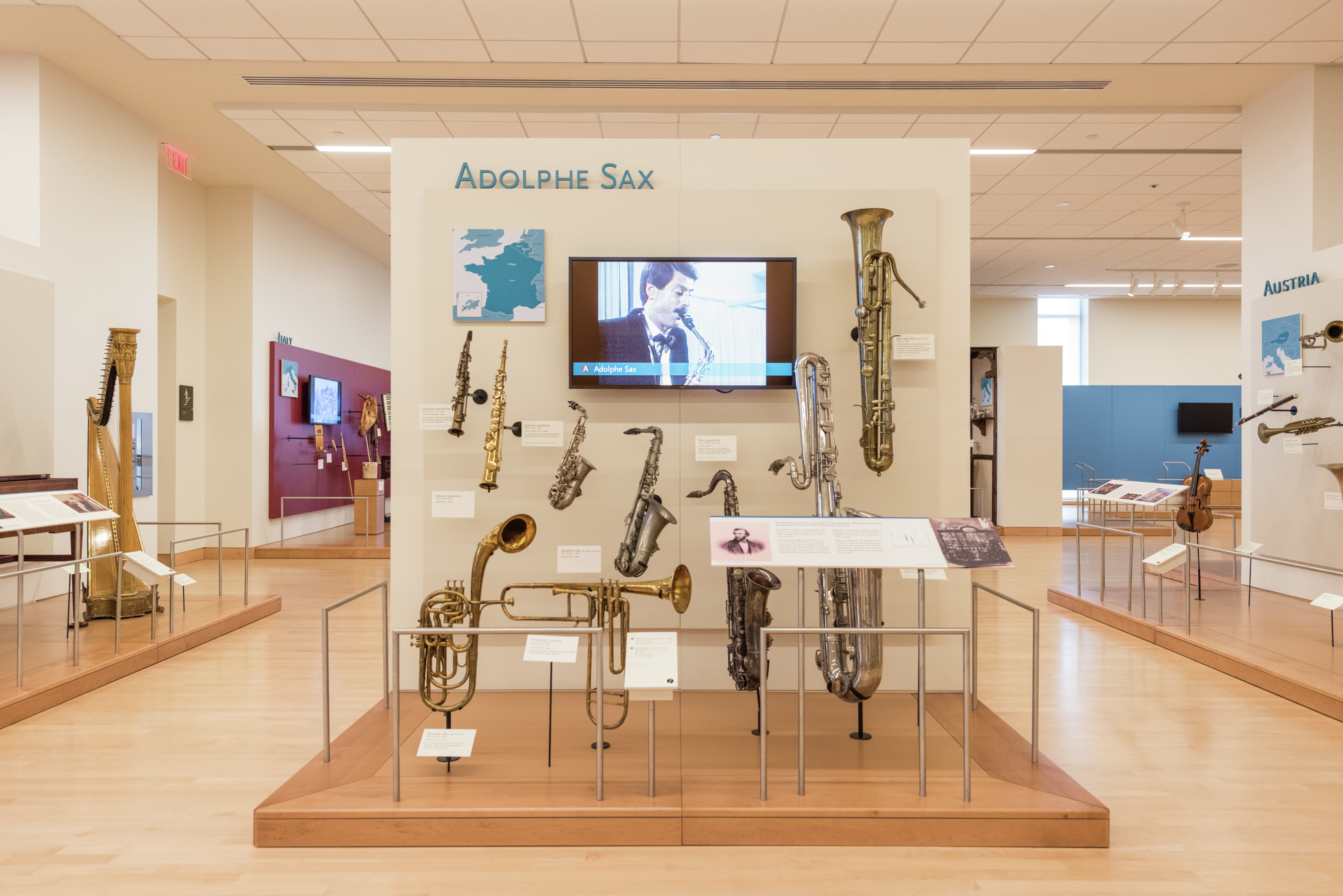Writer Joseph J. Airdo
Photography Courtesy of Musical Instrument Museum
[dropcap]I[/dropcap]t is impossible to imagine what the world would look like without the influence of French music. The cultural landscape as we know it would quite possibly be turned upside-down.
David Wegehaupt, who serves as Musical Instrument Museum’s associate curator for US/Canada and Europe, explains that music has always been around in some way or another, and much of it is deeply rooted in France.
“The first notated music that could be written down and preserved, then built upon, further complicated and elaborated started at the Notre Dame school [of polyphony] 800 years ago,” Wegehaupt says “If that had never happened, who knows how music would have developed over the centuries.”
The Notre Dame school of polyphony is a group of composers who, between 1160 and 1250, worked at Notre Dame Cathedral in Paris. Wegepaut will be speaking about the early liturgical music they produced during the Experience France event Saturday, July 13 and Sunday, July 14 at the Musical Instrument Museum.
The event, which has been held annually for a number of years at the museum, coincides with the fête nationale—or Bastille Day, as we call it in English-speaking countries.
“This event is an opportunity to celebrate the various aspects of French music and culture,” Wegehaupt says. “It really jumps around and digs into some points where music has flourished in France over the centuries—which is kind of difficult to do within the space of an exhibit.”
In addition to Wegehaupt’s talk, Experience France will feature an instrument craft and film screening for children, as well as several musical presentations ranging from French renaissance dance music using period instruments to French gypsy-jazz music.
Members of the Los Angeles-based band, Paris Chansons, will be in attendance to share stories, historical context and of course performances of songs by French musical artists such as Edith Piaf, Charles Aznavour, Joe Dassin, Enrico Macias and Zaz.
There will even be a historically significant performance by a saxophone quartet comprised of some of the Musical Instrument Museum’s team members who have advanced degrees in saxophone performance.
Wegehaupt, who will be part of the quartet, is especially fond of the saxophone, which was invented in the 1840s by Adolphe Sax in Paris. The curator notes that the instrument will have a very special role in the Musical Instrument Museum’s Experience France event.
“Our newest acquisition is a saxophone called the Rationale that was made by the LeBlanc company in the 1930s,” says Wegehaupt. “Acoustician Charles Houvenaghel was trying to fine-tune some things about the saxophone that were awkward and produced an instrument with a bunch of new mechanisms and alternate fingerings.”
Although Houvenaghel’s creation was extremely beautiful, its complexity prevented it from gaining wide market acceptance. The instrument was withdrawn after a limited production run.
“The saxophone had been around for more than 70 years at this point and nobody really wanted to learn new fingerings,” Wegehaupt explains. “And it was a little expensive. It is potentially one of the finest, most interesting saxophones ever made, but it did not catch on in mass culture.”
The hurdy-gurdy, an instrument that produces sound by a handcrank-turned, rosined wheel rubbing against its strings, is another French export that will be on display during the Musical Instrument Museum’s Experience France event.
“It used to be the instrument of the street musician,” Wegehaupt says. “Before accordions and guitars, the hurdy-gurdy was what you would hear out on the street. It was a very popular instrument during the 18th century that you would find all around the world.”
The wheel on the hurdy-gurdy functions much like a violin bow, and single notes played on the instrument sound very similar to those of a violin. Wegehaupt notes that the instrument’s popularity has since waned as its unique sounds are not so much a part of the harmonic and melodic language to which our ears have become accustomed.
“This is a really cool opportunity to see and hear an instrument that looks unfamiliar but used to be the most familiar instrument around,” Wegehaupt says.
Seeing and hearing unique instruments like the Rationale and the hurdy-gurdy is special, but the significance of the Musical Instrument Museum’s Experience France event is more deeply rooted in its celebration of a culture that has forever changed the trajectory of music.
“All of the famous French composers from the classical and romantic eras have changed music history and have had such an influence on the types of musical instruments that have been made,” Wegehaupt says. “Many things have originated and been elaborated in France throughout hundreds of years. It has all been touched by the influence of French culture and it is almost impossible to remove that influence.”
Experience France
July 13, 14 | 9 a.m.–5 p.m. | Musical Instrument Museum | 4725 E. Mayo Blvd., Phoenix | $20 | 480-478-6000 | mim.org







Comments by Admin